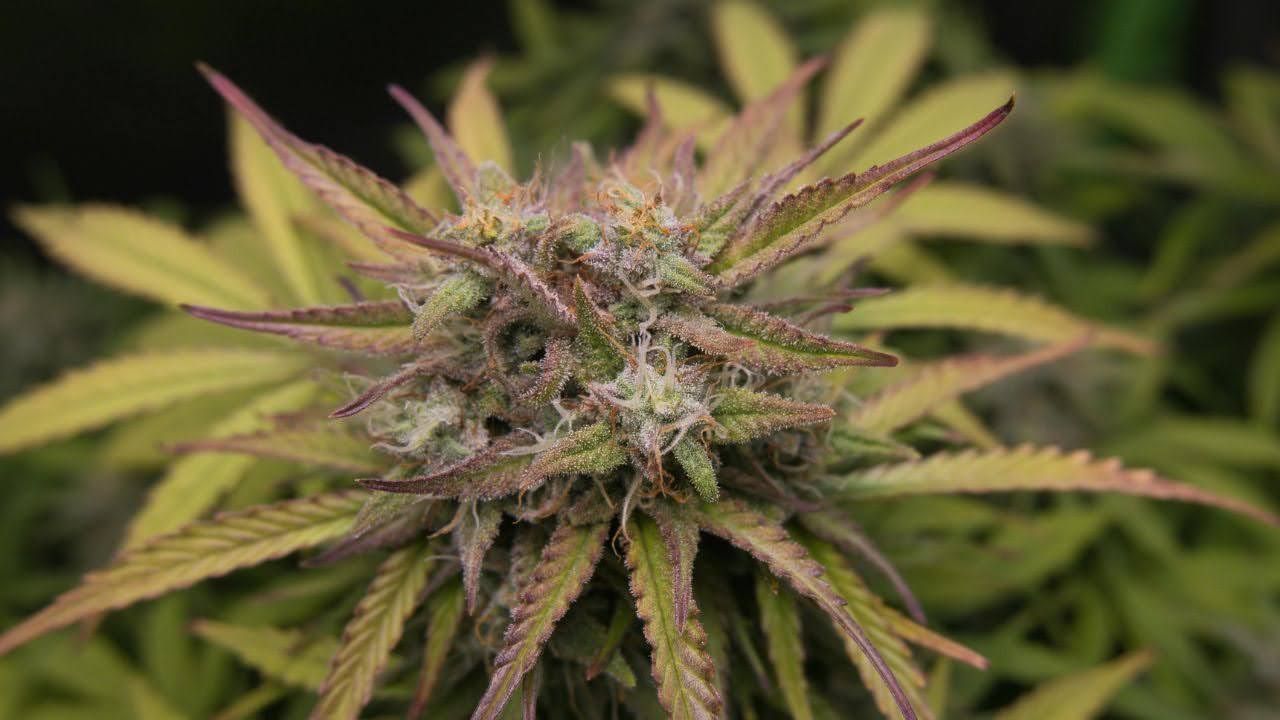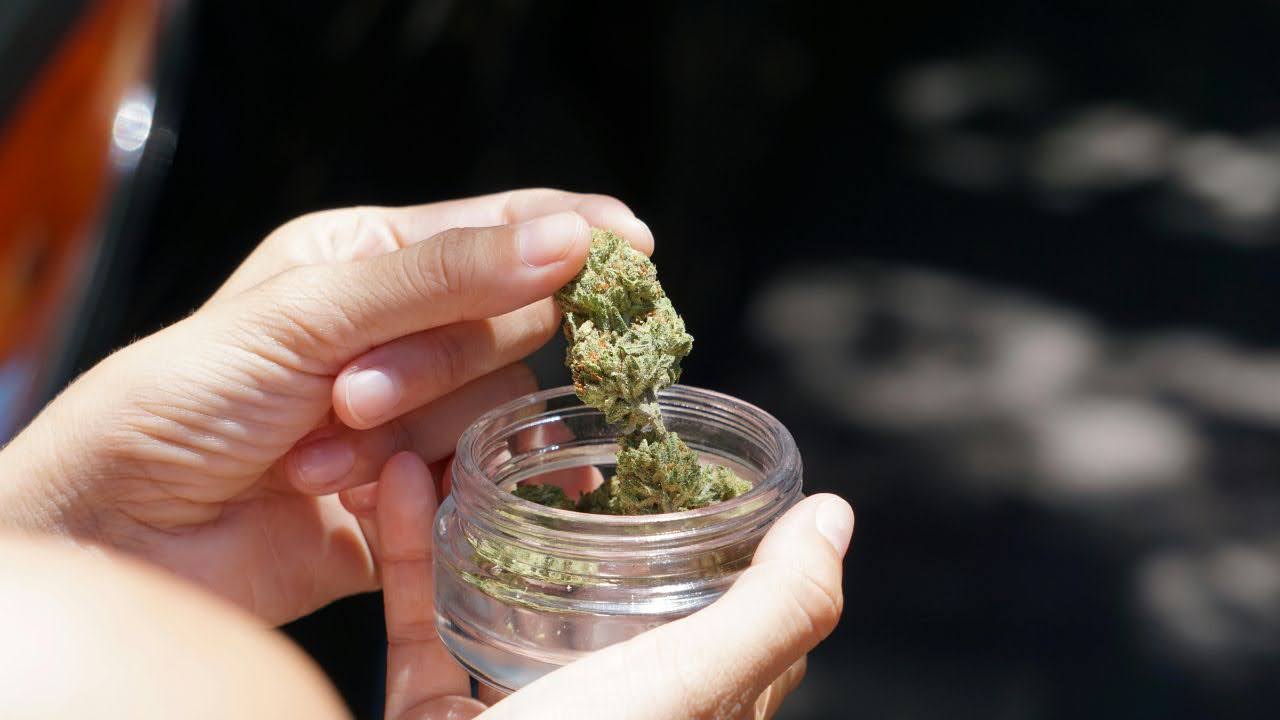
Ever wonder is quitting weed actually worth it? Or what truly happens when you stop using cannabis? Many people feel stuck, wondering if they can ever really feel clear-headed, energetic, or motivated again.
The good news is, the benefits of quitting weed are profound and begin much sooner than you might think. In fact, after just 4 weeks off, many people perform as well on memory tests as never‑users.
And while about 47% of regular users feel withdrawal at first, it typically peaks in the first week and eases after. When it comes to mental health, even small lifestyle changes like quitting cannabis can help improve mood, emotional stability, and overall resilience.
In this article, we will walk you through the surprising science and practical steps to reclaim your vitality. Let’s get into it.
How Fast Does Your Brain Bounce Back After Quitting Weed?
If you’ve noticed foggy thinking, memory slips, or trouble focusing, it can be scary and frustrating.
Regular cannabis use can affect learning, recall, attention, and executive function, especially verbal learning and memory.
But there’s real hope here: these changes are not permanent. Research consistently shows that after about one month without cannabis, many people perform on cognitive tests just as well as those who never used.
Remember, your brain wants to recover, and it can!Thoroughbred’s team supports this cognitive reset with therapies like CBT and DBT, plus skills coaching that helps you translate clarity into daily wins CBT Therapy.
Why recovery happens
This healing happens because your brain’s cannabinoid receptors return toward normal function, particularly in the hippocampus, the area that helps you form new memories.
In one study with cannabis-dependent patients, those who stayed abstinent for 28 days showed meaningful improvements in memory. When some participants used it again, their scores slipped showing a clear, reversible link between use and memory performance.
What improves by a month
Many people also notice improvements after a month in areas like visual search speed and sustained attention, response inhibition and self-control, working memory and processing speed, and overall learning ability and academic performance.
It’s not about perfection, it’s about steady, visible progress that you can feel in your day-to-day life.
What Are the Mental Benefits of Quitting Weed?
Quitting cannabis can bring about profound positive changes, especially when it comes to your mental well-being.
Many people notice their minds feel clearer, steadier, and more in control once they step away from regular use. These positive shifts can support emotional balance, boost motivation, and make everyday challenges easier to manage.
Here are some of the most common mental benefits people experience after quitting weed:
Improved Clarity and Focus
One of the first changes people notice after quitting cannabis is clearer thinking. Brain fog begins to lift, attention span increases, and decision-making becomes easier day to day.
Reduced Anxiety and Stress
While some people turn to cannabis to cope with stress, long-term use often worsens anxiety. After quitting, many individuals find that restlessness and worry fade, leading to a calmer state of mind.
Better Mood Stability
Quitting weed helps stabilize mood swings. Instead of highs followed by lows, emotions become more consistent, which can improve personal relationships and daily interactions.
Enhanced Motivation
Regular cannabis use can sometimes dull a person’s drive and ambition. Once the brain resets, it’s common to feel a renewed sense of purpose, motivation, and excitement toward goals, hobbies, and personal growth.
Restored Mental Resilience
Quitting weed strengthens mental resilience. Life’s challenges feel more manageable, self-confidence grows, and individuals find they can cope more effectively without substances.
Can Quitting Weed Really Lift Your Mood and Anxiety?
It’s common to turn to cannabis for anxiety, sadness, or stress relief. In the short term, it can feel soothing.
Over time, though, regular use can increase the risk of mood and anxiety disorders and disrupt your brain’s natural rhythm for regulating emotions.
If that’s been your experience, it doesn’t mean you’ve failed, it means your brain has been doing its best to cope. If you’re dealing with both mood symptoms and cannabis use, Thoroughbred provides integrated dual-diagnosis care so both are treated together, often the difference-maker in lasting stability Dual Diagnosis.
What to expect emotionally
Quitting can break that cycle. The first few weeks can be uncomfortable for many people, with withdrawal symptoms like anxiety, irritability, and sleep problems.
These symptoms often peak in the first week and typically ease within a month.
On the other side of that hump, people frequently report reduced anxiety and depression symptoms, better emotional regulation and stability, more consistent sleep and energy, and a return of motivation and life satisfaction.
If you live with a mental health condition, you are absolutely not alone and you deserve care that treats both your mental health and your cannabis use with compassion and skill. Integrated support tends to work best and can make the journey much more manageable.
7 Physical Benefits You Can Feel After Quitting Weed
Your body is incredibly resilient. Within weeks of quitting, many people who smoke notice easier breathing, fewer coughs, and less throat irritation.
That’s because cannabis smoke carries many of the same irritants as tobacco. Your lungs appreciate the break more quickly than you might expect.
Easier breathing
Within weeks, many people notice they can breathe more comfortably as the lungs get a break from smoke-related irritants.
Fewer coughs and less throat irritation
Coughing and throat scratchiness often settle as inflammation decreases with abstinence.
More restorative sleep and healthier REM
While sleep can feel tricky at first, your sleep architecture gradually normalizes—supporting deeper, more refreshing rest and steadier days.
Better cardiovascular health and blood pressure
Circulation and blood pressure trends can improve as your system rebalances and smoke exposure falls away.
Stronger immune response
As inflammation settles and overall health improves, many people report feeling more resilient.
Fewer respiratory infections
Reduced airway irritation is often followed by fewer colds and bronchitis-like flare-ups.
Safer coordination and reaction times
As THC clears and the brain recalibrates, coordination and reaction times tend to feel steadier and safer.If you prefer flexible care while you work on these changes, Thoroughbred’s Intensive daytime or evening Outpatient Programs let you keep routines while building recovery skills IOP.

Does Quitting Weed Improve Sex Drive and Performance?
This part is often overlooked and it matters. Cannabis can affect sexual function in subtle and not-so-subtle ways.
Regular use may lower testosterone in men and disrupt hormonal balance in women, which can reduce desire and affect performance.
THC can also influence blood flow, contributing to erectile difficulties for some.
What often improves after quitting
When you quit, many people notice a gradual return of sexual desire, more reliable performance and satisfaction, improved hormonal balance, and deeper emotional intimacy with partners. Timelines vary, but positive changes often begin within the first month as your body recalibrates.
6-Stage Recovery Timeline After Quitting Weed
It helps to know what to expect so you can be kind to yourself while your brain and body reset.
Week 1–2
Withdrawal symptoms often peak, then begin to fade. Sleep can feel off at first. This phase is temporary.
Week 3–4
Thinking becomes clearer. Memory, attention, and learning start to rebound. Many people notice small wins—keep going.
Month 2–3
Mood stabilizes more noticeably. Anxiety and depressive symptoms typically keep improving.
Month 3–6
Physical benefits become more obvious. Sleep quality, energy, and day-to-day resilience improve.
6+ months
Gains continue to compound. Brain function, mood, and physical health feel more stable and sustainable.
What Should Heavy or Early-Onset Users Expect?
If you started using heavily as a teen, recovery can take a little longer, not because you’re broken, but because your brain is still developing.
The good news is that meaningful recovery is absolutely possible with time and consistency.
If you’re managing mental health challenges alongside cannabis use, you deserve support that addresses both together.
With the right help, many people find the process gentler and the results more durable. Thoroughbred’s levels of care from PHP to IOP to outpatient make it easier to step down gradually as stability returns programs.
Why Isn’t Cutting Back Enough for Full Recovery?
Cutting back is a courageous step and can reduce some harms in the short term.
For many people, though, abstinence delivers faster and more complete relief especially for thinking, mood, sleep, and sexual health.
Ongoing THC exposure, even here and there, can keep tolerance, cravings, and subtle sleep and attention issues alive.
If you’ve tried reducing and felt stuck, that’s not your fault, it’s the biology of how cannabis interacts with your system.

Quitting vs. Cutting Back: Which Delivers Bigger Health Gains?
Quitting tends to deliver quicker and more lasting improvements across cognition, mood, sleep, cardiopulmonary health, and sexual function.
Cutting back can help, especially with immediate side effects and respiratory irritation, but residual THC exposure may keep recovery from fully taking hold.
Where Does Cutting Back Help and Where Does It Fall Short?
Reducing frequency, choosing lower potency, or avoiding smoke can bring relief from some short-term issues like reaction time and cough.
But even intermittent use can maintain tolerance, cravings, and subtle lapses in attention and sleep quality.
Many people see early progress plateau with reduction, while abstinence allows your body and brain to keep stacking gains over time.
Does ‘Occasional’ Use Still Hold Back Your Recovery?
Cannabis effects depend on how much and how often you use it. Even small amounts of weekend use can affect CB1 receptors. It may disrupt sleep, cloud memory for a short time, and cause mood swings, especially if you’re recovering from dependence or mental health issues.
It’s okay if you’re not ready for total abstinence today! Your path is yours, but it helps to know how the mechanics work so you can plan for success.
Short- and Long-Term Outcomes: How Does Abstinence Compare to Reduction?
- Cognition: With abstinence, many people see memory, attention, and processing speed improve by 3–4 weeks, with further gains at 3–6 months. Reduction helps some, but gains are usually smaller and less steady.
- Mood: Anxiety and depressive symptoms tend to settle more reliably with abstinence. Reduction can help, though mood ups and downs may linger for some.
- Sleep: Full cessation supports healthier REM and deep sleep. Reduced use may shorten sleep onset but still fragment rest.
- Cardiopulmonary: Quitting removes smoke exposure and supports fewer bronchitis symptoms and better stamina. Cutting back helps, but abstinence typically brings more sustained relief.
- Sexual health: Desire, arousal, and erectile function often rebound faster and more fully with abstinence. Ongoing THC exposure can keep hormones and blood flow slightly out of sync.
Not Ready to Quit? 6 Harm-Reduction Steps That Don’t Undermine Recovery
If quitting feels like too much right now, you still have compassionate options.
1) Choose lower-THC or balanced THC:CBD
Opt for lower-THC or THC:CBD-balanced products to soften intoxication, cravings, and rebound anxiety.
2) Avoid combustion when possible
Smoke irritates airways. When you can, skip combustion to reduce respiratory irritation and next‑day fogginess.
3) Set regular off-days to gently reduce tolerance
Plan cannabis-free days each week. T-breaks help your endocannabinoid system rebalance and make future quitting easier.
4) Protect a consistent sleep routine
Keep a steady sleep/wake time, dim screens late, and anchor bedtime rituals. This counters REM disruption and improves next‑day focus.
5) Move your body most days
Light, regular movement, walks, stretching, or workouts, reduces cravings, steadies mood, and supports deeper sleep.
6) Use mindfulness, breathing, and simple tracking
Brief breathing practices and craving logs build awareness and control. Track sleep, mood, and focus to see progress.
Many people find these shifts build confidence for a future quit date on your timeline. If you want a structured but flexible container for harm reduction, Thoroughbred’s IOP offers day or evening options so you can keep work and family commitments while building momentum.
Closing
Choosing to quit cannabis isn’t about willpower or perfection, it’s about giving yourself a real chance to heal and feel better mentally and emotionally.
Many people notice improvements in memory, mood, motivation, and sleep in ways that create a stronger foundation for mental health.
The first steps can feel overwhelming, but they’re also the most important. With time, patience, and the right support, both your mind and body can recover more than you might expect.
You deserve to think clearly, feel balanced, and live with confidence again!If you’re in Georgia and want compassionate, evidence-based help, Thoroughbred Wellness & Recovery in Marietta can meet you where you are, verify insurance and explore programs here: Thoroughbred BHC and Programs.









